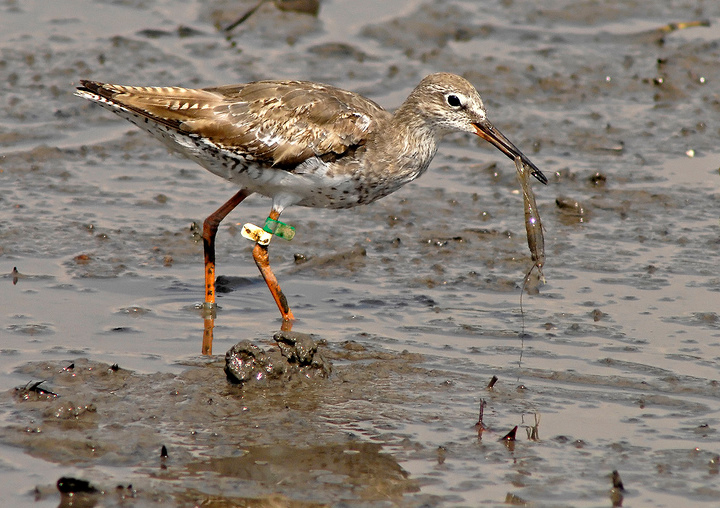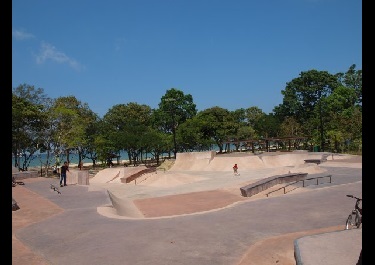A Thai Visitor at Sungei Buloh Wetland Reserve
Here in Singapore, we receive many visitors from abroad: whether for leisure, business, or simply in transit. You might be surprised to know, though, that there is a significant spike in a certain category of foreign arrivals by air, between September and March. They never pass through Changi Airport, and don’t require a passport. These ‘travellers’ are migratory birds, and the highlight of their visit to Singapore is the Sungei Buloh Wetland Reserve (SBWR).
Despite the regularity of these arrivals each migratory season, Sungei Buloh occasionally has the opportunity to host an unexpected guest. I experienced one such visitor at the beginning of the current migratory season, when I was asked by my colleague to photograph a newly sighted bird at SBWR. My bird-loving heart skipped a beat – I was thrilled to see a Common Redshank on the mudflats of the main hide of Sungei Buloh. SBWR has seen many Common Redshanks over the years, but this particular bird was unique. Its leg bore a coloured tag to indicate it had been flagged in Thailand, meaning that it had flown thousands of kilometres to visit us in sunny Singapore.
Why, you may ask, would migratory birds choose to land upon our shores? For the uninitiated, SBWR is a member of the East Asian-Australasian Shorebird Site Network, and has been internationally recognised as an important site for migratory shorebirds. As part of a regional bird banding scheme, the staff of SBWR place a coloured ‘flag’ on the leg of each bird that is caught in Sungei Buloh. The colour code indicates where the bird was first caught and flagged. Birds flagged in SBWR wear a white over green flag, while the flag on the Common Redshank from Thailand was black over green. Other colors and color combinations used in the East Asian-Australasian Flyway include orange, yellow, blue and black.
There are bird banding schemes in place all over the world to study movements, routes and other statistical data. From tracking the movements of these shorebirds globally and regionally, wetland managers and others interested in conservation can gain useful insights into the migratory patterns of these birds, and participate more effectively in their protection.
The next time you visit Sungei Buloh and look out at the birds on the shores, look closely at their shanks and take note of any coloured flags. You may have a chance to meet more feathered friends from foreign lands.
By Mendis Tan
Sungei Buloh Wetland Reserve is open from 7.30am to 7.00pm on Monday to Saturday, and 7.00am to 7.00pm on Sundays & public holidays.
Admission is free except on weekends, public holidays and school holidays ($1 for adults; $0.50 for children/senior citizens/students).
For more information on SBWR and on migratory birds, visit http://www.sbwr.org.sg

The Common Redshank, flagged with a black over green tag on its leg, rests on the mudflats after having flown all the way from Thailand.
A redshank bearing a green over white tag, indicating that it was tagged in Singapore.
Have views or comments on this article? Let us know via this form. If you would like to give us feedback on any other areas relating to our parks and gardens, please submit via https://www.nparks.gov.sg/feedback




A Thai Visitor at Sungei Buloh Wetland Reserve | The Swamp School 4/16/2010 9:47:48 AM